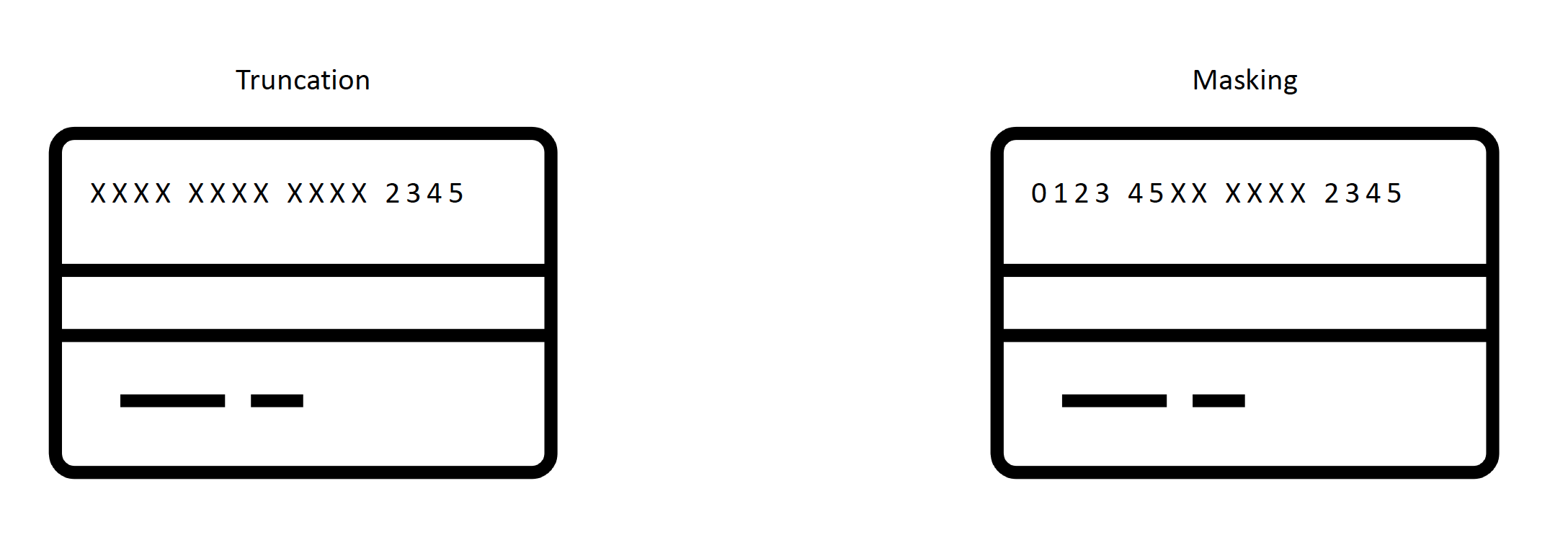We have come across a number of scenarios recently where there seems to be a bit of confusion between masking and truncation and when to use which one. The following update from the Axenic PCI department should help clear things up.
Within the PCI DSS, masking is addressed in Requirement 3.3, whereas truncation is one of several options specified to meet Requirement 3.4.
Requirement 3.3 relates to the protection of PAN where it is displayed on screens, paper receipts, printouts, etc., and is not to be confused with Requirement 3.4 for protection of PAN when stored, processed, or transmitted in files, databases, etc.
Masking is a method of concealing a segment of a primary account number (PAN) when displayed or printed (for example, on paper receipts, reports, or computer screens), and is used when there is no business need to view the entire PAN.
Truncation is a method of rendering a full PAN unreadable by removing a segment of PAN data and applies to PANs that are electronically stored (for example, in files, databases, etc.).
Masking is not synonymous with truncation and these terms cannot be used interchangeably. Masking refers to the concealment of certain digits during display or printing, even when the entire PAN is stored on a system. This is different from truncation, in which the truncated digits are removed and cannot be retrieved within the system. Masked PAN could be “unmasked”, but there is no “un-truncation” without recreating the PAN from another source.
Note that even if a PAN is masked when displayed, the full PAN might still be electronically stored and would need to be protected in accordance with Requirement 3.4.
Do you have additional questions about how the PCI DSS applies to your business? Contact us on+64 4 499 8012. We’d be happy to help.
